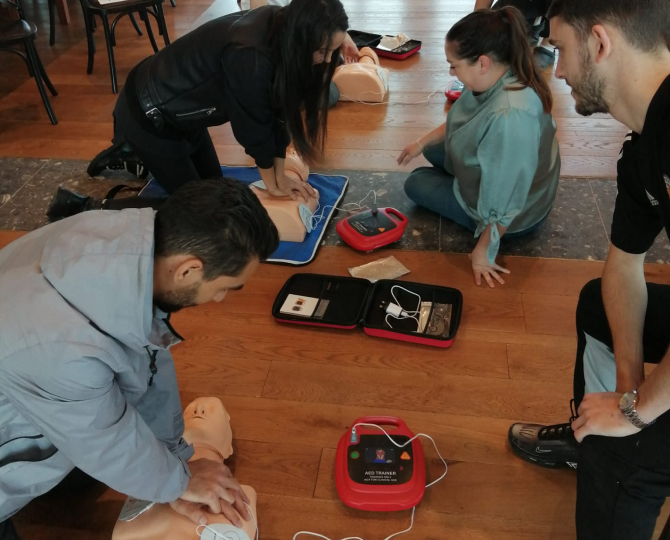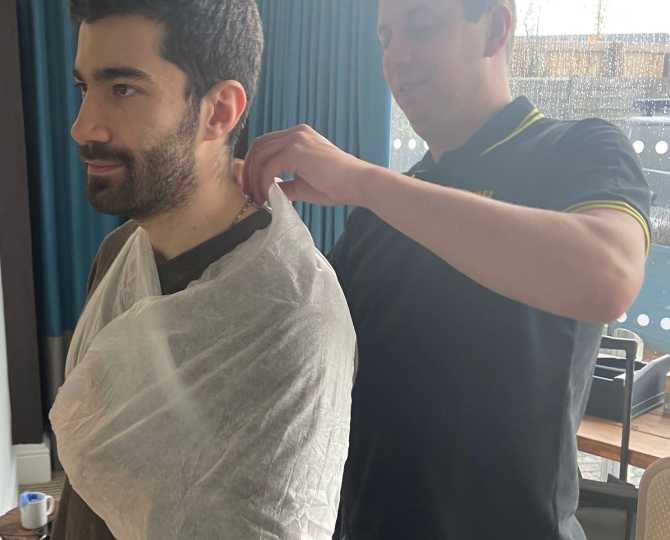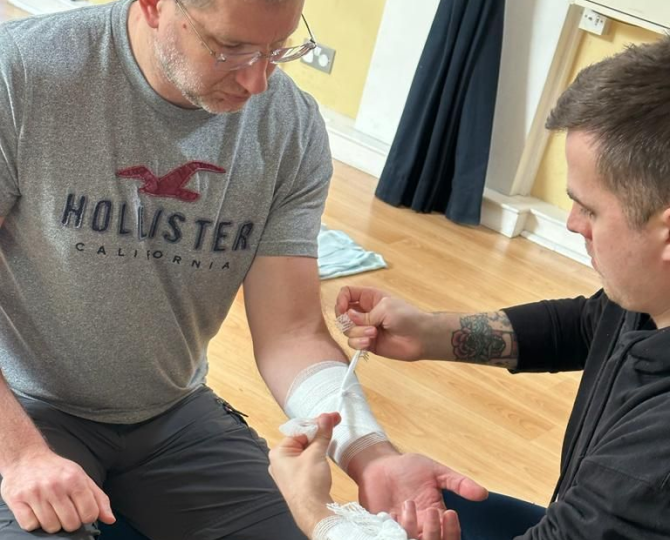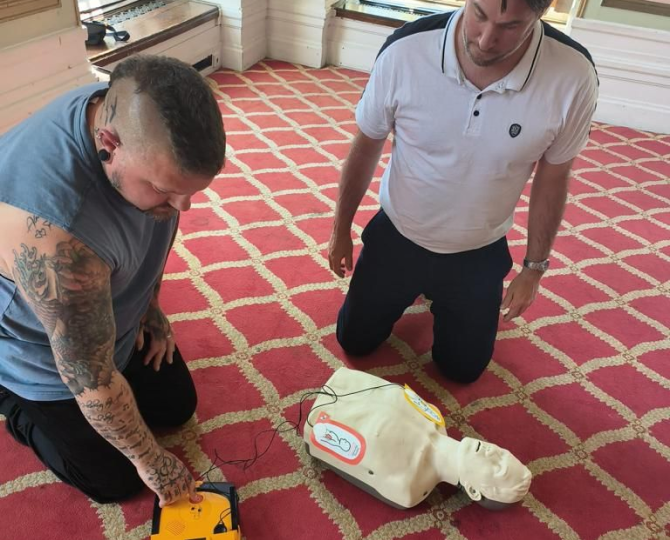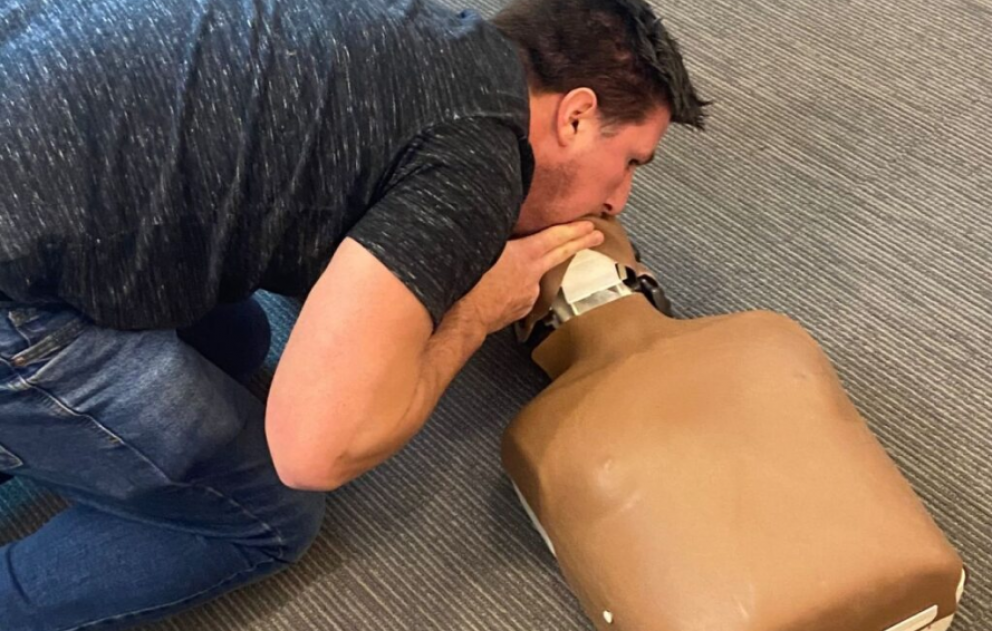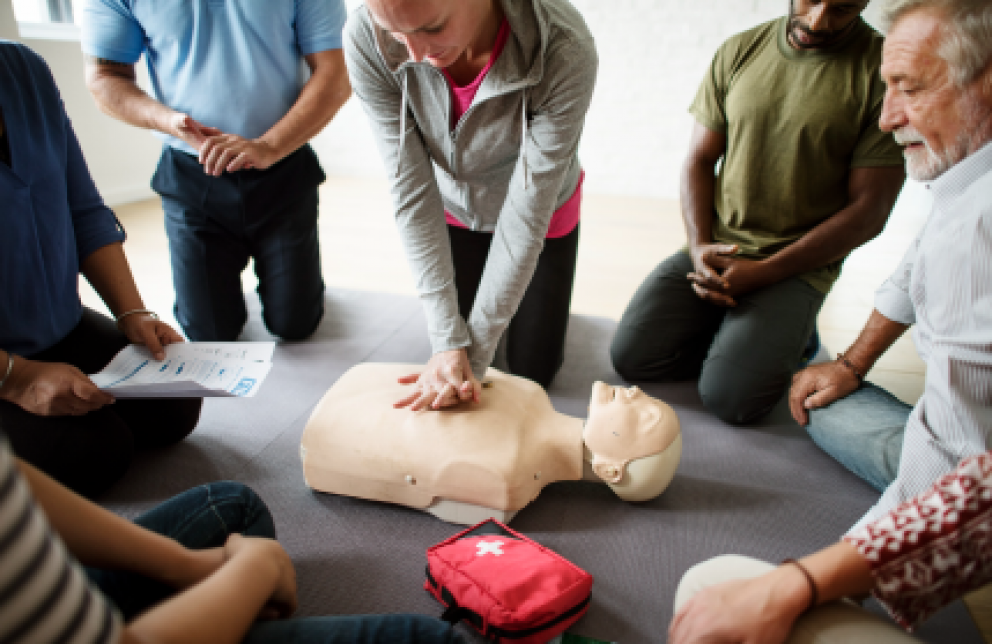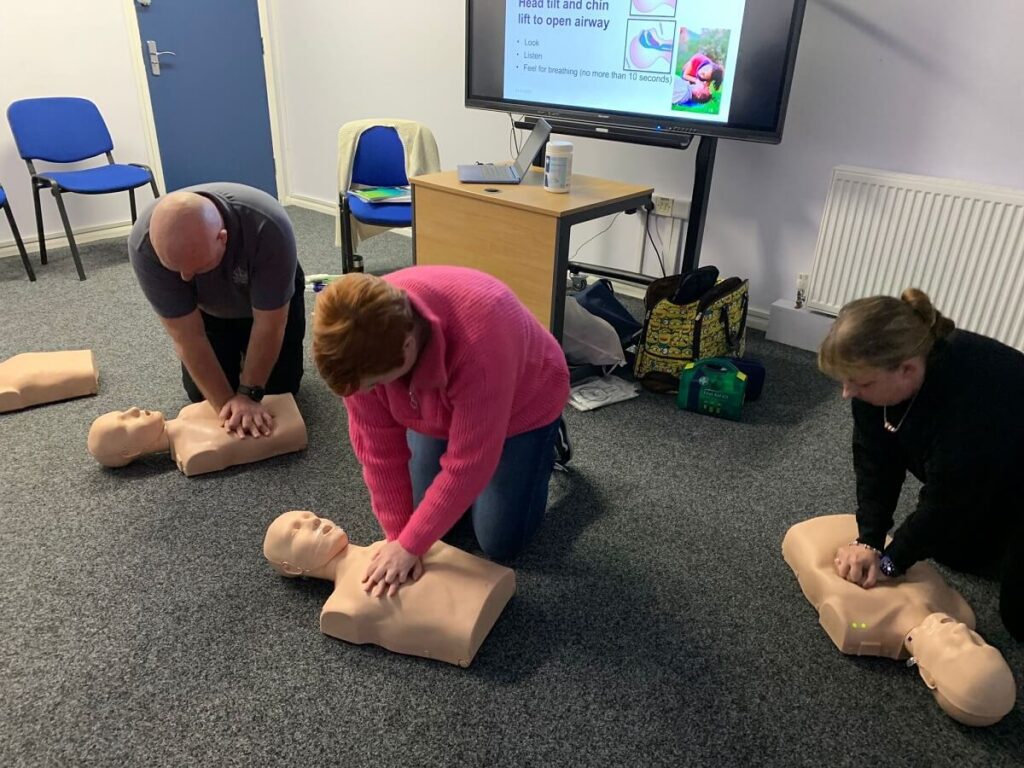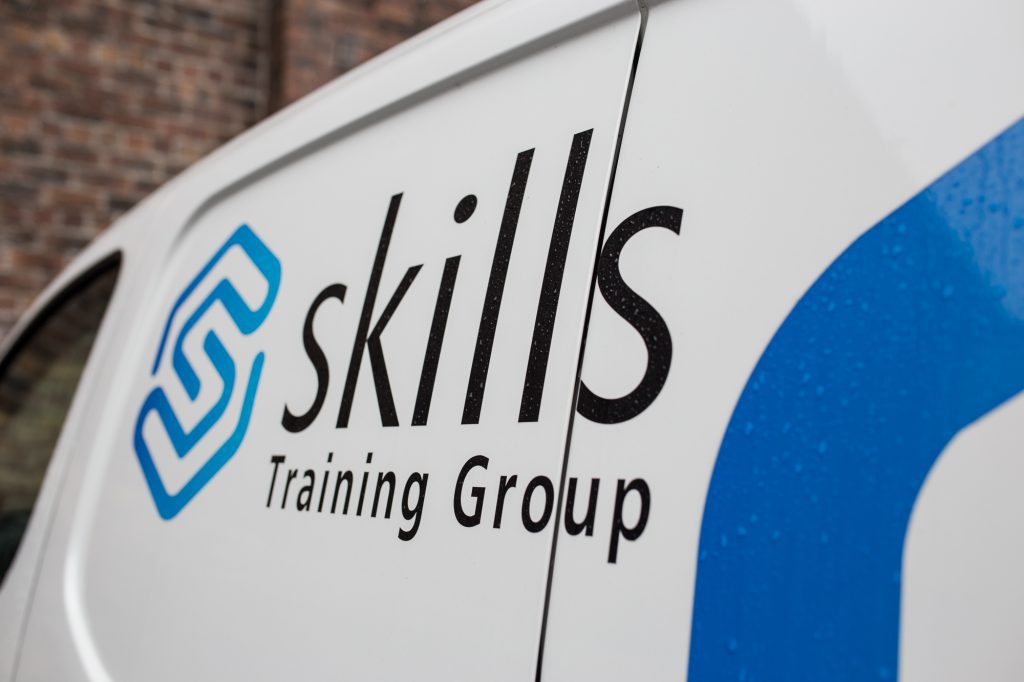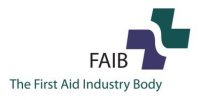What does efaw qualification mean?
EFAW stands for Emergency First Aid at Work.
How much time is required to complete an efaw first aid course?
One day (6 hours) is required to complete the EFAW first aid course.
How long does an emergency first aid certificate last?
The EFAW certificate is valid for 3 years before you need to re-take it.
What does the Emergency First Aid at Work Course (EFAW) consist of?
The most frequent type of First Aid Training is the Emergency First Aid at Work Course (EFAW). It takes 1 day and teaches you how to provide the proper treatment in emergency circumstances. You'll learn about the fundamentals of first aid, as well as advanced techniques to help you save lives. You'll apply what you've learned in a hands-on exercise where you'll use dummies and other equipment. Topics include how to stop bleeding, treat burns, and give CPR.
How is the EFAW course assessed?
The Emergency First Aid at Work Training Course is assessed during the session and does not have an end-of-course test. You pass on the same day as long as you follow what is being taught and are able to demonstrate what you've learnt.
Is e-learning possible for these training courses?
Unfortunately, this is not possible because government regulations state that First Aid Training must be provided in person.
Are there age requirements to sit the efaw course?
You must be at least 16 years old to obtain an EFAW Certificate. You may begin training as early as 14 years old, but you won't receive a certificate until you're 16.
Which topics are covered in an EFAW course by the training provider?
minor injuries, unconscious casualty, emergency services, emergency situations, unresponsive casualty, lifesaving skills, treatment of burns, external bleeding, medical conditions, emergency first aid situations & common emergencies, emergency protocols, assessment of injuries, practical skills, practical assessments, diabetic coma, head injury, neck injury, back injury, poison, bites, stings, anaphylaxis, copd, emphysema, heart failure, respiratory arrest & many more.
What Are the Responsibilities of Emergency First Aiders?
An emergency designated first aider is responsible for maintaining the health and safety of a workspace that’s not used to needing medical help.
These include offices, schools, and other places where injuries are uncommon.
Here are some of the common responsibilities that the first aider of this type must handle:
- Unresponsive patients with heart problems
- Giving casualty care to stop furious bleeding
- Stop choking (Heimlich Maneuver)
- Aid workmates undergoing seizures
- Treating burns and electrical accidents
- Casualty reporting
- Because of the lower chances of encountering an injured patient, this type of First Aid at Work course is much shorter than a traditional first aid course, which lasts about four days.
Successful candidates who complete such a course are oriented toward workplace-specific injuries and treatment.
This means knowing how to stop bleeding incidents, treat burns, and conduct cardiopulmonary resuscitation.
A first aid practitioner with this kind of responsibility needs to have mental health to be able to transition from an office-mate to being able to provide comprehensive first aid at work.
They need to be able to reach for the aid kit, stabilize the casualty and prepare them for the eventual move to the hospital. They must also be aware of a workmate’s potentially life-threatening illness.
Training Programme Overview
Key Learning Outcomes
Participants will gain comprehensive knowledge and skills in first aid. They will learn:
Roles and Responsibilities of a First Aider
Understanding the key roles and duties, including preventing infection, incident recording, and safe equipment use.
Effective ways to minimise infection risks, such as using Personal Protective Equipment (PPE) and proper waste disposal.
The importance of obtaining consent before administering first aid.
Emergency Situation Assessment
Conducting a thorough scene survey to identify dangers, number of casualties, and treatment priorities.
Performing primary surveys of casualties, focusing on danger, response, airway, breathing, and circulation.
Knowing when and how to call for additional help.
Unresponsive Casualty Care
Recognising the need for CPR in unresponsive individuals.
Demonstrating correct CPR techniques using a manikin, including chest compressions and rescue breaths.
Placing casualties in the recovery position and continuous monitoring of their breathing.
Administering first aid to individuals experiencing seizures.
Choking First Aid
Identifying signs of mild and severe choking.
Executing first aid steps for choking, including back blows and abdominal thrusts, and performing CPR if necessary.
Handling External Bleeding
Assessing the severity of bleeding and identifying life-threatening situations.
Implementing first aid for external bleeding, such as applying direct pressure and dressing wounds.
Shock Management
Recognising symptoms of hypovolemic shock.
Effective first aid techniques for shock, including casualty positioning and warmth preservation.
Minor Injury Treatment
Administering first aid for small cuts, grazes, bruises, splinters, and nosebleeds.
Handling minor burns and scalds, focusing on cooling and covering the burn.
Additional Information
This program includes both theoretical knowledge and practical demonstrations to ensure a comprehensive learning experience. The training is designed to be inclusive and accessible, providing participants with the skills and confidence to handle first aid situations effectively.


